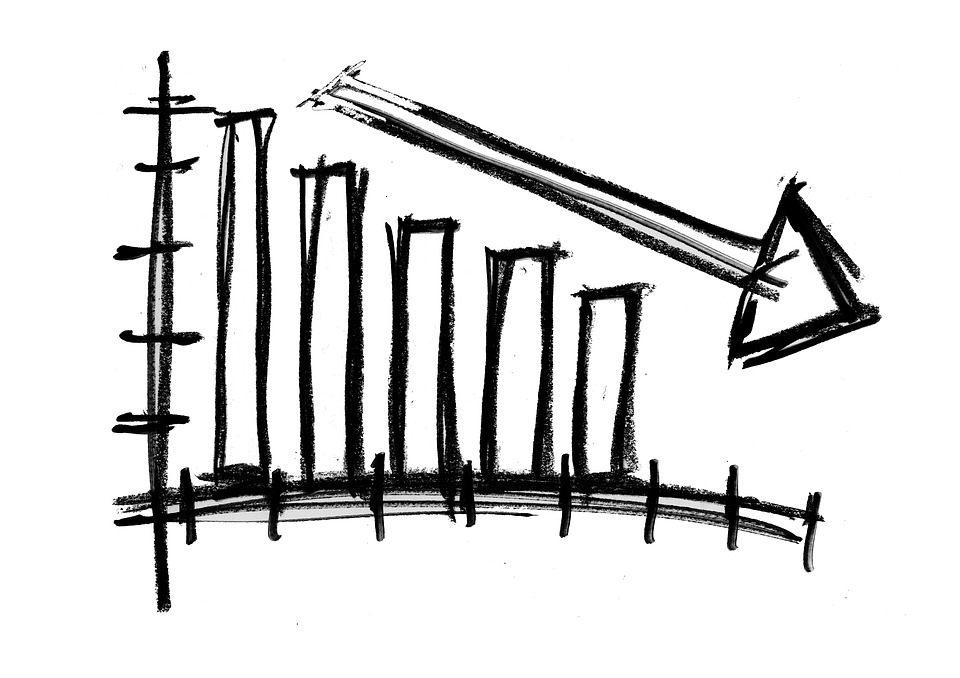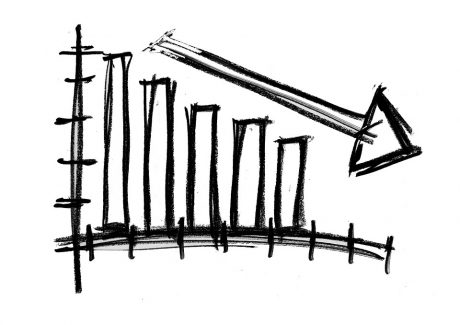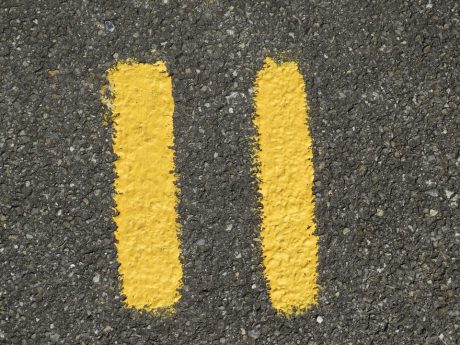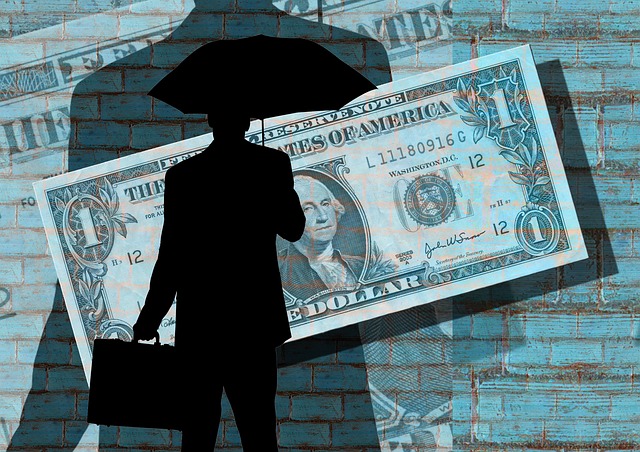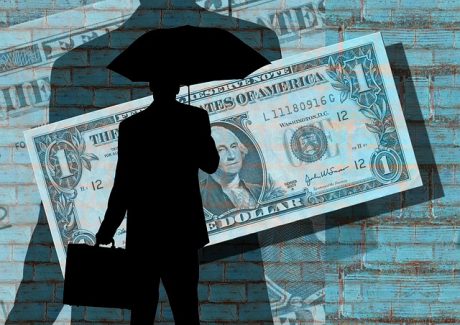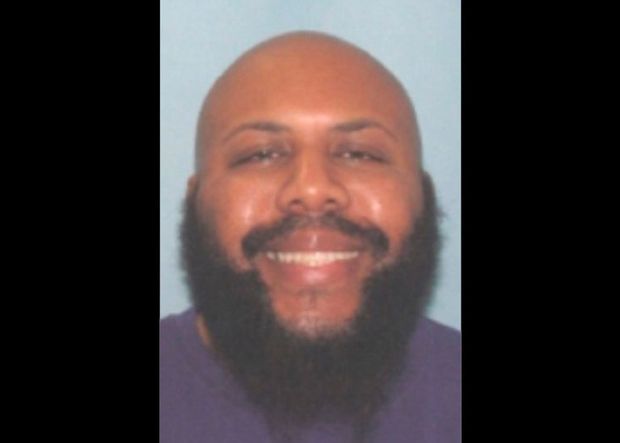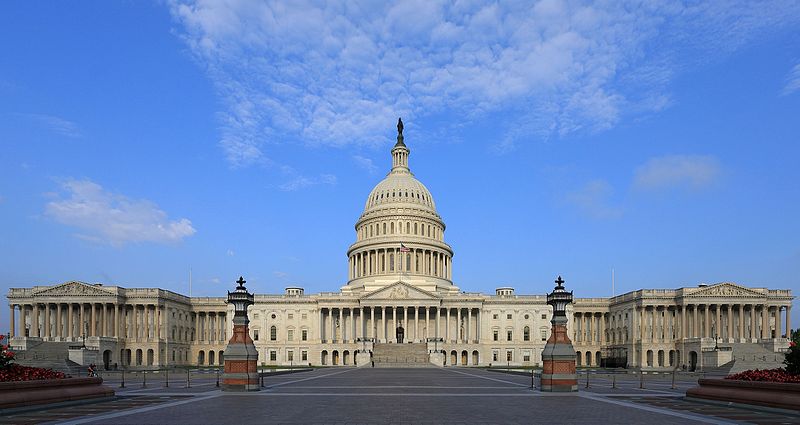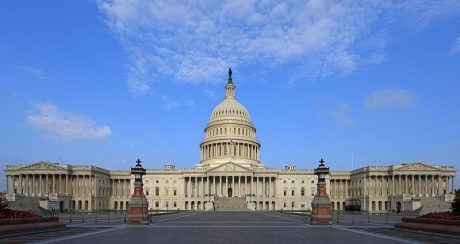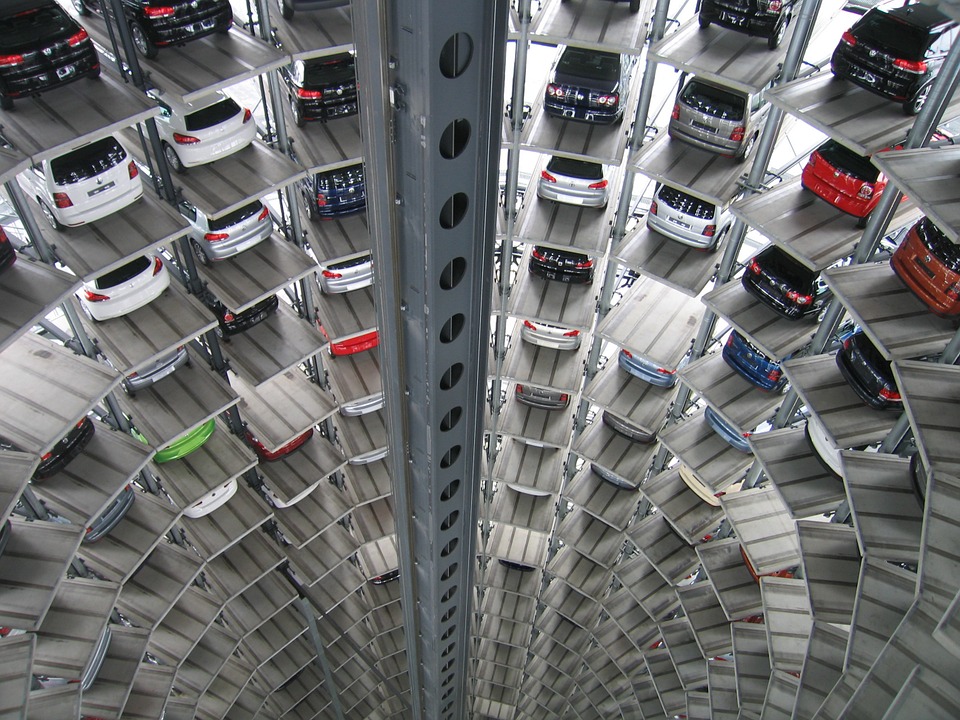 If you want to permanently fix America’s economy, there really is no other choice. Even before Ron Paul’s rallying cry of “End The Fed” shook America during the peak of the Tea Party movement, I was a huge advocate of shutting down the Federal Reserve. Because no matter how hard we try to patch it up otherwise, the truth is that our debt-based financial system has been fundamentally flawed from the very beginning, and the Federal Reserve is the very heart of that system. The following is a free preview of an upcoming book that I am working on about how to turn this country is a more positive direction…
If you want to permanently fix America’s economy, there really is no other choice. Even before Ron Paul’s rallying cry of “End The Fed” shook America during the peak of the Tea Party movement, I was a huge advocate of shutting down the Federal Reserve. Because no matter how hard we try to patch it up otherwise, the truth is that our debt-based financial system has been fundamentally flawed from the very beginning, and the Federal Reserve is the very heart of that system. The following is a free preview of an upcoming book that I am working on about how to turn this country is a more positive direction…
*****
As the publisher of The Economic Collapse Blog, there have been times when I have been criticized for focusing too much on our economic problems and not enough on the solutions. But I believe that in order to be willing to accept the solutions that are necessary, people need to have a full understanding of the true severity of our problems. It isn’t by accident that we ended up 20 trillion dollars in debt. In 1913, a bill was rushed through Congress right before Christmas that was based on a plan that had been secretly developed by very powerful Wall Street bankers. G. Edward Griffin did an amazing job of documenting the development of this plan in his groundbreaking book “The Creature from Jekyll Island: A Second Look at the Federal Reserve”. At that time, most Americans had no idea what a central bank does or what one would mean for the U.S. economy. Sadly, even though more than a century has passed since that time, most Americans still do not understand the Federal Reserve.
The Federal Reserve was designed to create debt, and of course the Wall Street bankers were very excited about such a system because it would make them even wealthier. Since the Fed was created in 1913, the U.S. national debt has gotten more than 5000 times larger and the value of the U.S. dollar has declined by about 98 percent. So the Federal Reserve is doing what it was originally designed to do. In fact, it has probably worked better than the original designers ever dreamed possible.
There is often a lot of confusion about the Federal Reserve, because a lot of people think that it is simply an agency of the federal government. But of course that is not true at all. In fact, as Ron Paul likes to say, the Federal Reserve is about as “federal” as Federal Express is.
The Fed is an independent central bank that has even argued in court that it is not an agency of the federal government. Yes, the president appoints the leadership of the Fed, but the Fed and other central banks around the world have always fiercely guarded their “independence”. On the official Fed website, it is admitted that the 12 regional Federal Reserve banks are organized “much like private corporations”, and they very much operate like private entities. They even issue shares of stock to the private banks that own them.
In case you were wondering, the federal government has zero shares.
The American people are constantly being told that Fed decisions must be “above politics” because they are “too important” to be politicized. So even though everything else in our society is up for political debate, somehow we have become convinced that the Federal Reserve should be off limits.
Today, the Federal Reserve has more power over the performance of the U.S. economy than anyone else does, and that includes the president. The Fed has become known as “the fourth branch of government”, and a single statement from the chairman of the Fed can send global financial markets soaring or tumbling.
So even though presidents tend to get most of the credit or most of the blame for how the U.S. economy is doing, the truth is that the Fed is actually the one pulling most of the strings. In conjunction with Congress, presidents can monkey around with regulations and tax rates, but at the end of the day their influence over the economy pales in comparison to what the Fed is able to do.
For those that have never encountered this material before, this can be difficult to grasp at first, so let’s start with something very simple.
Go to your wallet or purse and pull out a dollar bill.
At the very top, you will notice that it says “Federal Reserve Note” in big, bold letters.
If you ask 99 percent of the people in the United States where money comes from, they will not be able to tell you. Our money is actually created and issued by the Federal Reserve, but that is not what our founders intended. According to Article I, Section 8 of the U.S. Constitution, Congress was expressly given the authority to “coin Money, regulate the Value thereof, and of foreign Coin, and fix the Standard of Weights and Measures”.
So why is the Federal Reserve doing it?
Many Americans are still operating under the assumption that the federal government has a “printing press” and that if we ever get into too much debt trouble the government could simply create and spend lots more money into circulation.
But that is not the way that our system currently operates.
Instead, it is the Federal Reserve that creates all new money. Once that new money is created, the federal government then borrows it and spends it into circulation.
Previously, I have written about how this works…
When the U.S. government decides that it wants to spend another billion dollars that it does not have, it does not print up a billion dollars.
Rather, the U.S. government creates a bunch of U.S. Treasury bonds (debt) and takes them over to the Federal Reserve.
The Federal Reserve creates a billion dollars out of thin air and exchanges them for the U.S. Treasury bonds.
This doesn’t seem to make any sense at all.
Why does the U.S. government have to borrow money that the Federal Reserve creates? Why can’t they just create the money themselves?
This is the big secret that nobody is supposed to know about.
Theoretically, the federal government doesn’t have to borrow a penny. Instead of borrowing money the Federal Reserve creates, it could just create money directly and spend it into circulation.
But then we wouldn’t be 20 trillion dollars in debt.
Once the Federal Reserve has received U.S. Treasury bonds in exchange for the “Federal Reserve Notes” that the federal government has requested, the Fed auctions off those bonds to the highest bidder. But as I have noted so many times before, this process always creates more debt than it does money…
The U.S. Treasury bonds that the Federal Reserve receives in exchange for the money it has created out of nothing are auctioned off through the Federal Reserve system.
But wait.
There is a problem.
Because the U.S. government must pay interest on the Treasury bonds, the amount of debt that has been created by this transaction is greater than the amount of money that has been created.
So where will the U.S. government get the money to pay that debt?
Well, the theory is that we can get money to circulate through the economy really, really fast and tax it at a high enough rate that the government will be able to collect enough taxes to pay the debt.
But that never actually happens, does it?
And the creators of the Federal Reserve understood this as well. They understood that the U.S. government would not have enough money to both run the government and service the national debt. They knew that the U.S. government would have to keep borrowing even more money in an attempt to keep up with the game.
Beginning in 1913, this process has created an endless debt spiral that has resulted in the U.S. being 20 trillion dollars in debt. It is the biggest mountain of debt in the history of the world, and it didn’t have to happen.
In fact, if we had been using debt-free money all this time we could theoretically be completely out of debt.
A lot of conservatives out there are still under the illusion that if we could just grow the economy fast enough that we could possibly pay back all of this debt someday, but as I have demonstrated in a previous article, this is mathematically impossible. (http://theeconomiccollapseblog.com/archives/it-is-mathematically-impossible-to-pay-off-all-of-our-debt)
All of this debt threatens to destroy the bright future that our children and our grandchildren were supposed to have. It is absolutely immoral to pass such a large debt on to future generations, but we are doing it anyway.
Of course the United States is far from alone in this regard. Today, more than 99.9% of the population of the world lives in a country that has a central bank.
There is literally nothing else that the entire planet agrees upon almost unanimously, and yet somehow virtually the whole globe has chosen to adopt debt-based central banking.
Do you think that this is just a coincidence?
A handful of extremely small nations such as the Federated States of Micronesia still do not have a central bank, but the only large country not to have one is North Korea.
I don’t understand why more people are not talking about this. If we really want to reform how things are done economically, it should start with central banking.
The truth is that we do not need a central bank.
Let me say that again.
We do not need a central bank.
The greatest period of economic growth in all of U.S. history was when there was no income tax and no central bank. (http://theeconomiccollapseblog.com/archives/during-the-best-period-of-economic-growth-in-u-s-history-there-was-no-income-tax-and-no-federal-reserve)
Such a system would be unimaginable to many people today, but it is entirely possible.
Instead of a central bank creating debt-based currency for us, the federal government could create debt-free money directly.
And instead of socialist central planners setting our interest rates for us, we could allow the free market to set our interest rates.
We are supposed to be a free market nation with a free market economy, and so we don’t need Fed bureaucrats to run it for us.
The free market will always do a better job in the long run then bureaucrats will. As I noted earlier, the greatest period of economic growth in U.S. history was right before the Federal Reserve was created in 1913, but since that time there have been 18 distinct recessions or depressions: 1918, 1920, 1923, 1926, 1929, 1937, 1945, 1949, 1953, 1958, 1960, 1969, 1973, 1980, 1981, 1990, 2001, 2008.
Now we stand poised on the brink of another major downturn, and people still aren’t getting it.
As long as the Federal Reserve exists, there will be “booms” and “busts” like this.
It is time for a change.
During the good times, criticism of the Fed tends to subside. And without a doubt, the bubble following the end of the last recession lasted much longer than a lot of people initially would have thought, but all Fed-created bubbles eventually end.
We desperately need to get free from this system, and a huge step in that direction would be a rejection of debt-based currency.
If you don’t think that this can happen, you should consider what happened in 1963. President John F. Kennedy signed Executive Order 11110 which authorized the U.S. Treasury to issue debt-free “United States Notes” which were directly created by the federal government.
Unfortunately, he was assassinated shortly after that executive order was signed.
You can still find debt-free “United States Notes” in circulation today, and they are often for sale on auction sites such as eBay because people like to collect them.
At any time, the White House could do something similar today.
All it takes is the willingness to do so.
The borrower is the servant of the lender, and the debt-based Federal Reserve system has turned all of us into debt slaves.
If we do not want future generations of Americans to be enslaved to debt, we need to shut down the Federal Reserve and start using debt-free currency. Any essential functions that the Fed is currently performing can ultimately be taken over by the U.S. Treasury, and of course we can make the transition gradual so that we don’t completely panic global financial markets.
The global elite are using central banking and debt-based currencies to dominate the planet. Today, the total amount of debt in the world has shot past 150 trillion dollars, and it will only continue to grow until humanity wakes up and realizes the insanity of using a debt-based financial system.
Here in the United States, we need people in government that understand these things and that are willing to do something about it.
The Federal Reserve must go, and I will never make any apologies for saying that.

